In today’s fast-paced digital world, acronyms like DM are thrown around frequently, leaving many wondering, “What is DM?” If you’re one of those curious individuals seeking clarity on this abbreviation, you’re in the right place. In this article, we’ll explore the fascinating world of DM, its origins, applications, benefits, and much more. So, let’s dive right in!
The Basics: What is DM?
Let’s start with the fundamentals. What is DM? DM stands for “Direct Message.” It refers to a private communication method that allows individuals to send messages directly to one another on various digital platforms. This feature is commonly found on social media platforms, messaging apps, and email services.
The Origins of DM

The concept of DM can be traced back to the early days of the Internet. It gained prominence with the rise of instant messaging services in the late ’90s and early 2000s. Platforms like AOL Instant Messenger and ICQ introduced the world to real-time, one-on-one communication, setting the stage for the DM culture we know today.
Why DM Matters
DM is a vital means of communication in today’s interconnected world. It offers several advantages, including:
- Privacy: DMs provide a secure and private way to converse, away from the public eye.
- Instant Communication: You can exchange messages in real time, making it ideal for quick conversations.
- Convenience: It’s a hassle-free way to reach out to friends, colleagues, or businesses.
Types of DM
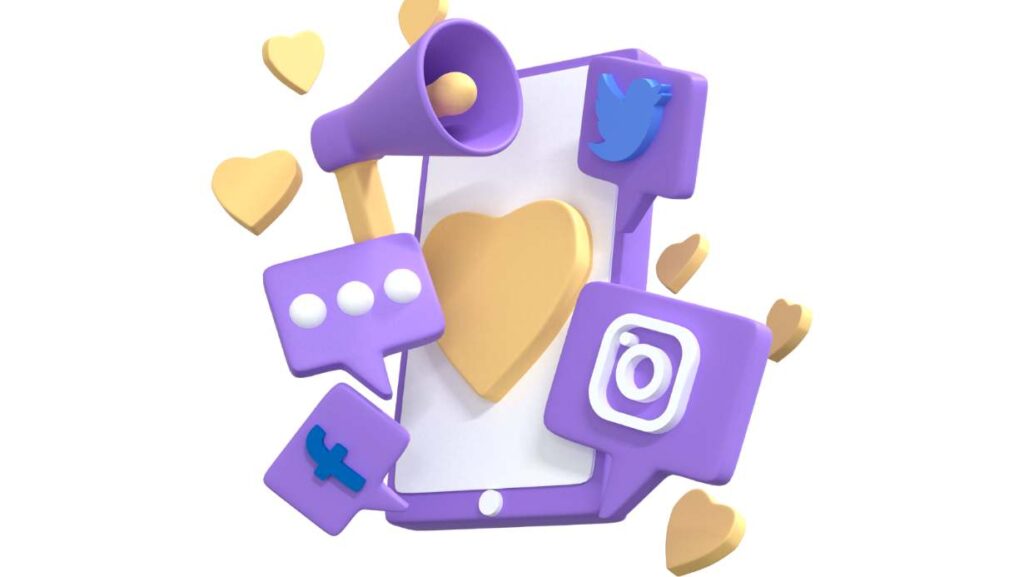
DM has come a long way since its inception. Initially, it was limited to email services, but now it encompasses a broader spectrum of communication methods:
1. Social Media DMs
Social media platforms like Facebook, Twitter, Instagram, and LinkedIn have integrated DM features. These platforms enable users to have private conversations with their connections.
2. Messaging Apps
Apps like WhatsApp, Telegram, and Facebook Messenger have revolutionized DM by providing enhanced multimedia capabilities, including voice notes, video calls, and file sharing.
3. Email DMs
Traditional email remains a reliable channel for DMs, especially in a professional context. It offers a structured and organized way to communicate.
DM vs. Public Communication
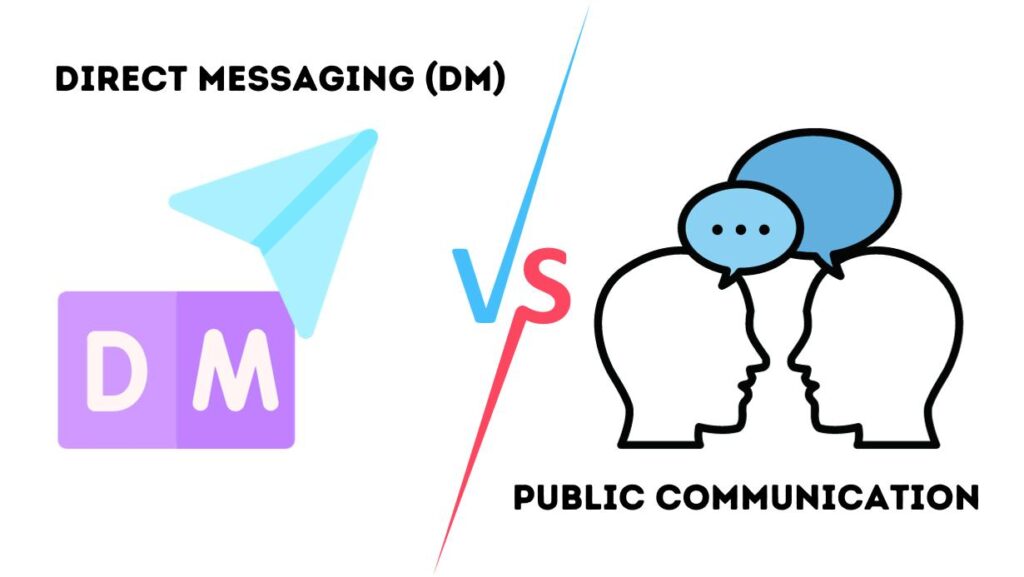
Understanding when to use DMs versus public posts is crucial. Let’s explore the pros and cons:
Pros and Cons of DM
Pros:
- Privacy and Personalization: DMs offer a private space for personalized conversations.
- Overcoming the Fear of Rejection: DMs can be less intimidating than public posts.
- Avoiding Public Scrutiny: Sensitive topics can be discussed without public exposure.
Cons:
- Potential for Spam: DMs are not immune to spam, and users must be cautious.
- Crafting the Perfect DM: Effective communication requires thought and effort.
- Sliding into DMs: Initiating conversations can be tricky.
DM Etiquette
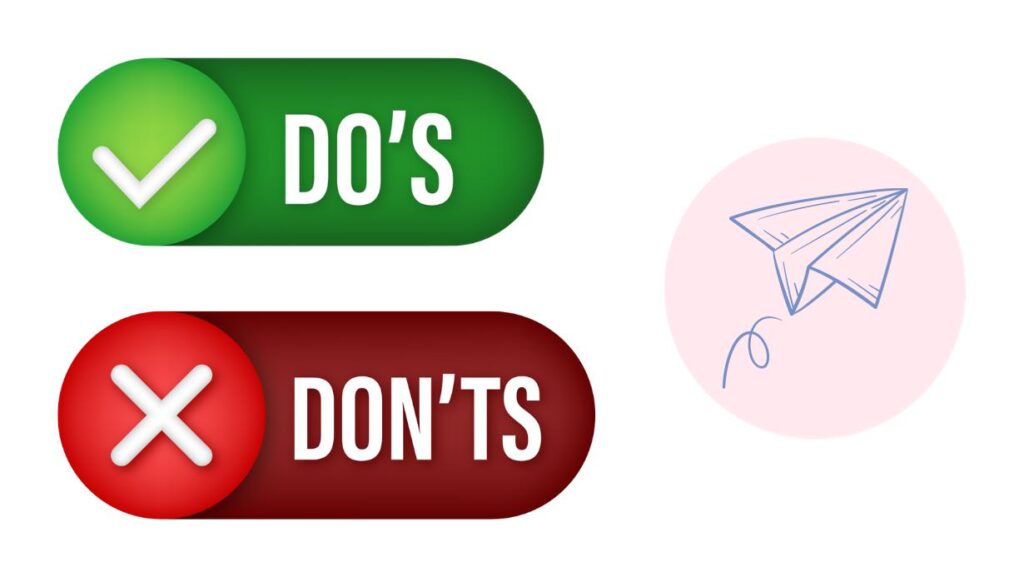
Navigating DM etiquette is essential to maintain respectful and productive interactions. Let’s uncover the unwritten rules:
The Unwritten Rules of DMing
- Avoiding DM Spam: Respect others’ inboxes and refrain from spamming.
- Crafting the Perfect DM: Tailor your messages to the recipient and context.
- Sliding into DMs: Learn the art of initiating conversations gracefully.
Navigating the Art of Initiation
Creating a Memorable First Impression
Your initial DM sets the tone for the conversation. Make it count:
- What to Say (and What Not to Say): Choose your words wisely and avoid common pitfalls.
DMing for Networking
DMs are invaluable for building professional connections and networking opportunities. Learn how to make the most of this:
Leveraging DMs for Professional Connections
- How to Connect with Influencers: Strategies for reaching out to industry influencers.
- Job Hunting and DMs: Exploring job opportunities through DMs.
DMing for Dating
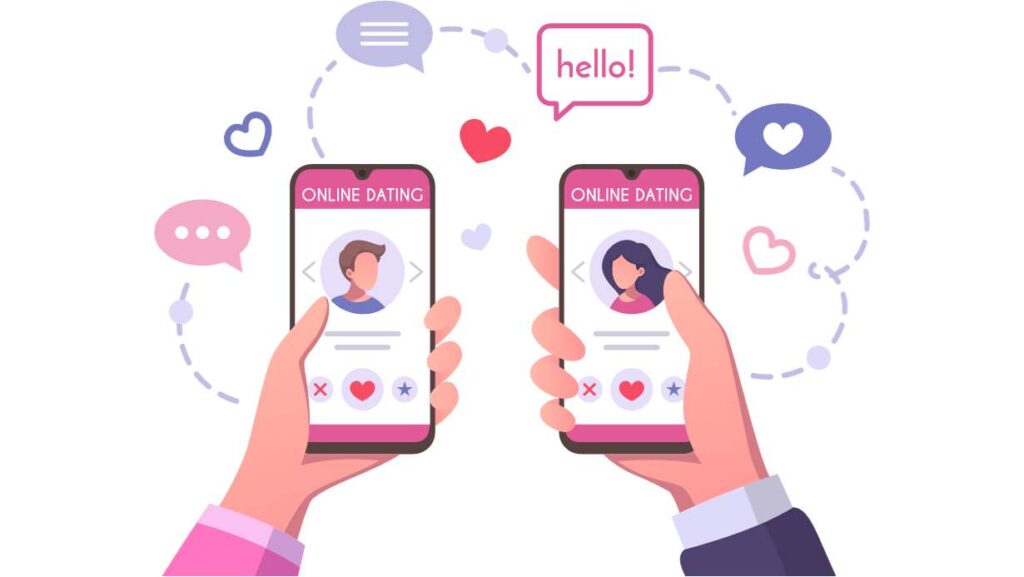
In the world of online dating, DMs play a central role. Discover effective strategies and graceful ways to handle rejection:
The World of Online Dating
- Strategies for Successful Online Dating DMs: Tips for engaging and meaningful conversations.
- Handling Rejection Gracefully: Learning to accept rejection with dignity.
DMing for Customer Service
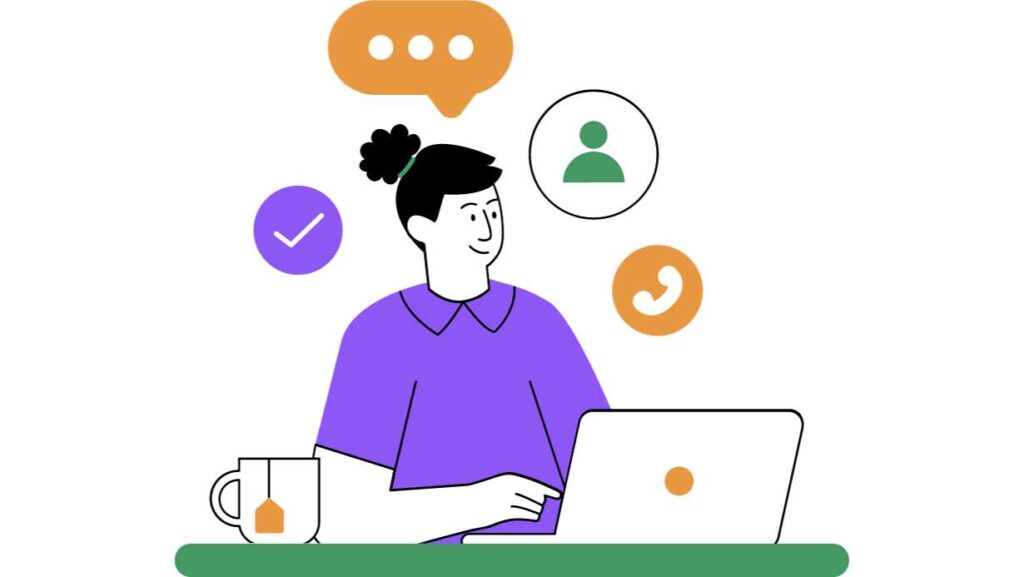
Businesses also utilize DMs for customer support. Understand how this dynamic works:
How Businesses Use DMs
- Resolving Issues through Direct Messaging: Quick solutions for customer problems.
- The Role of Chatbots: Automation in Customer Service.
DMing for Marketing
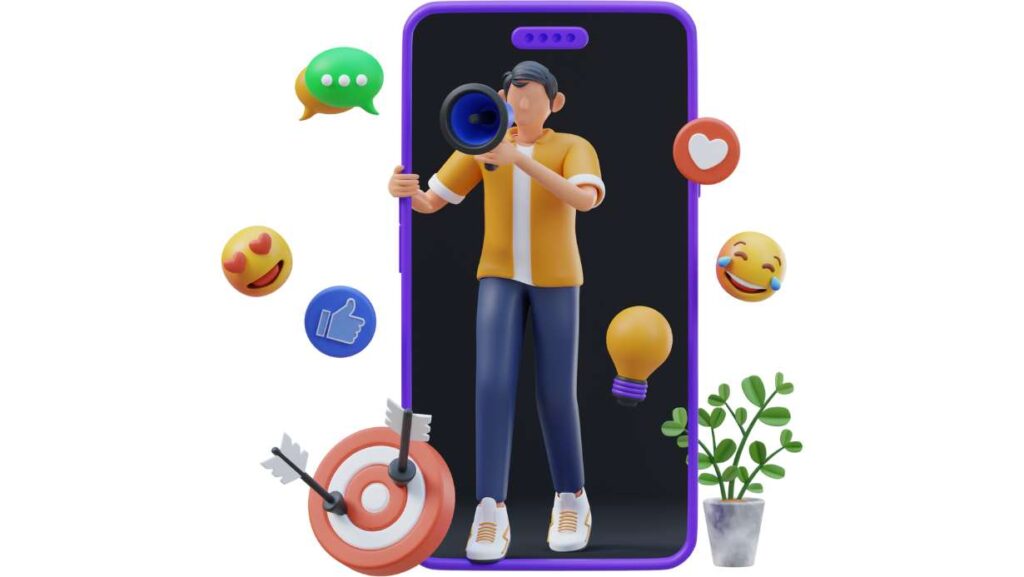
DMs are a valuable marketing tool when used correctly. Explore how businesses engage with customers and prospects:
DMs as a Marketing Tool
- Building Customer Engagement: Strategies to keep customers engaged.
- Avoiding the Spam Folder: Tips to ensure your marketing DMs aren’t marked as spam.
DMing for Fun and Memes
DMs aren’t all serious; they’re also a source of fun and entertainment:
Memes and GIFs in DMs
- Organizing Events and Parties: Using DMs for social gatherings.
- Challenges of DMing: Addressing the unique challenges of DMing for fun.
The Dark Side of DMing
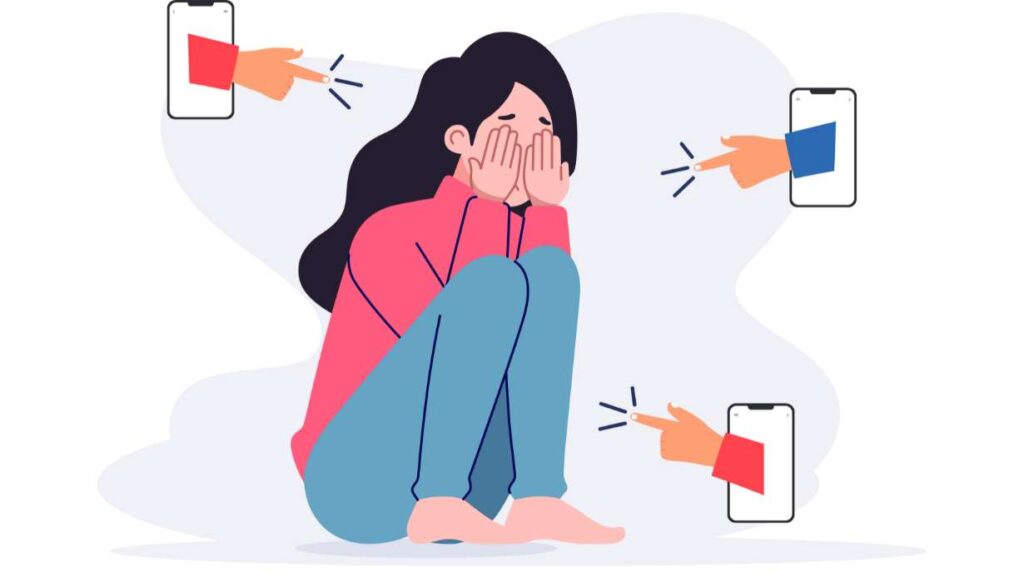
Unfortunately, DMs can also be a platform for negativity. Learn how to address these issues:
Dealing with Trolls and Harassment
- Addressing Cyberbullying: Strategies to combat online harassment.
- Legal Implications: Understand the legal consequences of harmful DM behavior.
Improving Your DM Game
Continuous improvement is the key to success in DMing. Here’s how to enhance your skills:
Improving Your DM Game
- Learning from Mistakes: Embracing opportunities for growth.
- Staying Informed about Platform Updates: Adapting to new features and changes.
Utilizing DM Effectively
To make the most of DM, here are some tips:
- Professional Networking: Use DMs on LinkedIn to connect with industry professionals and discuss potential collaborations.
- Customer Support: Many businesses offer customer support via DMs, ensuring quick issue resolution.
- Privacy Settings: Familiarize yourself with privacy settings on social media to control who can send you DMs.
FAQs about DM
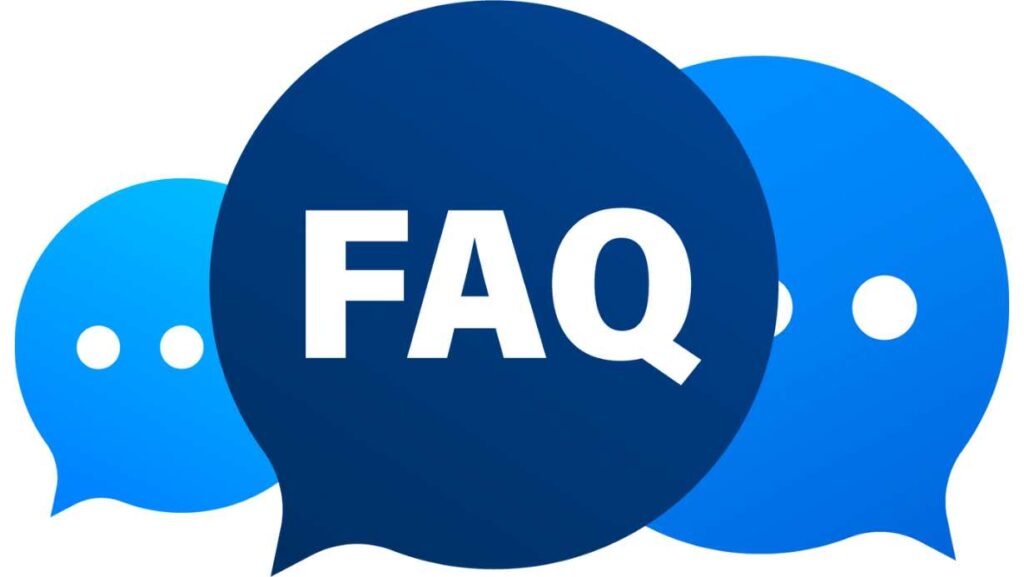
How do I send a DM on Instagram?
Sending a DM on Instagram is easy. Open the app, go to your messages, and click the “+” sign. Select the recipient, type your message, and hit send.
Are DMs private?
Yes, DMs are private conversations between the sender and recipient. However, platform administrators may have access for security purposes.
Can I send files via DM?
Most DM platforms allow file sharing. Look for an attachment icon (usually a paperclip or camera) to send photos, documents, or videos.
Is it possible to block unwanted DMs?
Yes, you can block users to prevent them from sending you DMs. Check your platform’s settings for blocking options.
Are DMs archived?
Some platforms automatically archive old DMs. You can usually find archived messages in a separate folder within your messaging app.
How can I report abusive DMs?
If you receive abusive or inappropriate DMs, report the user to the platform’s support team. They will investigate and take necessary actions.
Conclusion
In this digital era, DM plays a pivotal role in our daily lives, enabling efficient and private communication. From social media to messaging apps, it has become an integral part of modern communication. By understanding the basics and utilizing DM effectively, you can harness its power for both personal and professional use.
Remember, DM is a versatile tool that empowers you to connect, collaborate, and communicate in the digital landscape.
See Also: How to Use Social Media Networks to Build a Supportive Community for Self-Hypnosis










